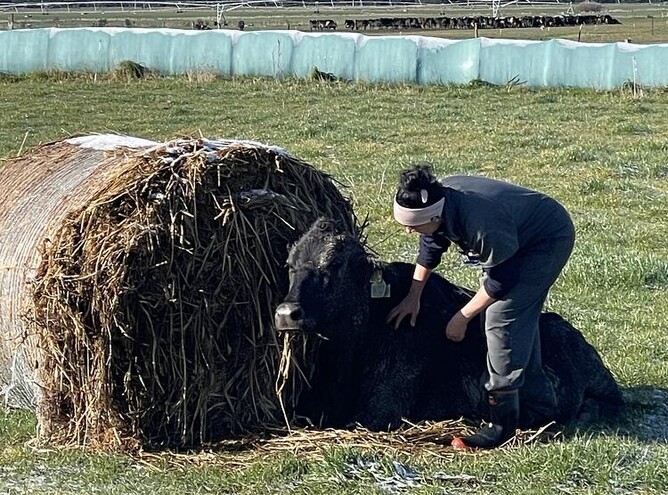Every year I get the question: What is a normal amount of slips throughout the winter?
You’ve probably all experienced the odd cow that slips once she gets to the runoff after a truck ride and maybe a couple who slip over winter, but how many is too many and what should you do about it?
The short answer: Slips are very frustrating, not only for you, but for us as vets. As a general rule of thumb, if you have greater than 2% slips from when you dried off, then you should be concerned.
It can be hard to assess how bad the problem is, especially when slips are just trickling in over time. A large abortion storm can cause immediate alarm as it’s so sudden and very obvious.
What's causing them?
Lots of things can make cows slip and finding a diagnosis can be very time consuming, expensive (and frustrating)!
Abortions are categorised as infectious or non infectious.
Infectious abortions are generally caused by bugs (bacteria, virus, protozoa).
Non-infectious ones are caused by substances, such as toxins found in mouldy silage/baleage and macrocarpa.
The main causes we see in Southland are from silage/baleage mould, macrocarpa, Neospora and BVD.
Our local pathologists also believe that Southland is peculiar in that there are some things we just can’t measure, or see, that cause abortions.
Our wintering is probably quite different to the rest of the country and I imagine ‘stress’ could be involved to some extent.
The clinical presentation and timeline can give an indication as to the cause.
Is it worthwhile looking for the cause?
The success rate of getting a diagnosis in the North Island is much higher than the South.
However, as always, if you don’t look, you'll never find! Sometimes you strike jackpot, get a diagnosis and some closure.
A lot of the time, abortions are retrospective of something, i.e. if the cow ate macrocarpa prior to slipping. You obviously can’t change the outcome, however you can learn for the next season.
If the cause is found to be a disease, such as BVD, you have a bit of control over preventing future cases by, for example, implementing a BVD control programme.
Testing protocols
Your best chance of getting a diagnosis is when you have 3 key parts:
foetus
placenta
blood sample from the cow.
All of these need to be extremely fresh to give useful results, so try to bag them up and bring them into clinic ASAP. If you can’t make it in straight away, you can store them in the fridge until you are able to drop them off.
Once we have the samples, we will carry out a general post mortem to check for any abnormalities. Most importantly, we will take key body parts of the calf to send to the lab, along with various fluid samples, and request the tests we think will lead to a diagnosis.
This season, I have had quite a few diagnoses which I got very excited about (vets are weird and get excited about odd things)!
Having an answer gives peace of mind it wasn’t something someone did/didn’t do. It also provides information for next time, such as what to do better, or if there are any aspects of herd health that need attention.
So, for next season, if you get those slips that you are worried about, talk to your KeyVet about making a plan. We want to find out as much as you do and we’ll do all we can to help you find answers.

